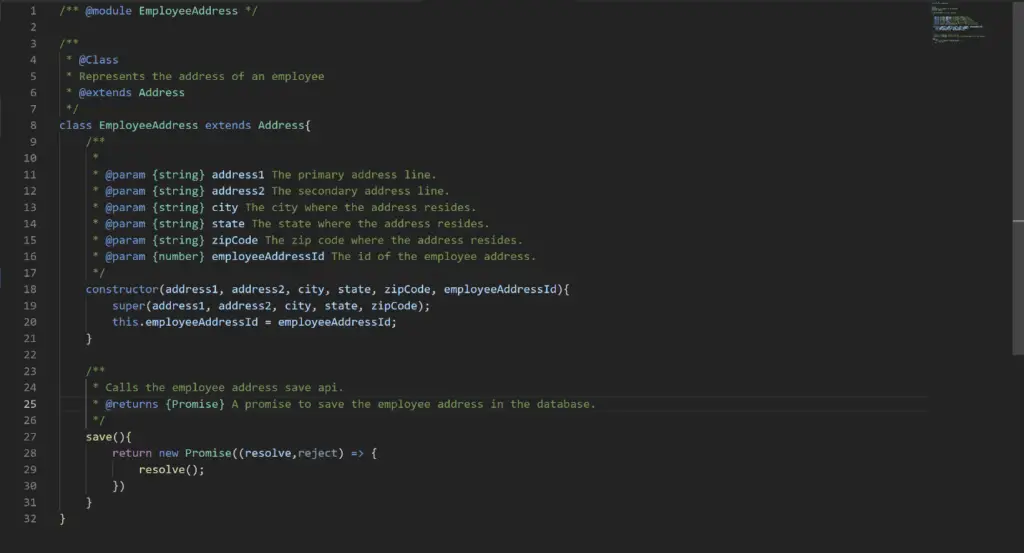THIS ARTICLE MAY CONTAIN AFFILIATE MARKETING LINKS! IN CASE YOU MAKE A PURCHASE THROUGH ONE OF THE LINKS, WE'LL GET A SMALL COMMISSION. WITH NO EXTRA CHARGES TO YOU. THANKS!!
A dynamic website is a site that contains dynamic pages such as templates, contents, scripts, etc. In a nutshell, the dynamic website displays various content types every time it is browsed. The web page can be changed with the reader that opens the page, character of consumer interplay, or day time.
Most large websites are dynamic since they are easier to maintain than static websites. This is because static pages each contain unique content, meaning they must be manually opened, edited, and published whenever a change is made. Dynamic pages, on the other hand, access information from a database.
Therefore, to alter the content of a dynamic page, the webmaster may only need to update a database record. This is especially helpful for large sites that contain hundreds or thousands of pages. It also makes it possible for multiple users to update the content of a website without editing the layout of the pages.
Maintaining your code
If all the pages in our website are made statically, each time we want to update a common layout throughout the whole website, we would need to iterate through each page and make the changes line-by-line, and page-by-page. This would make multiple corrections seem tedious and a waste of time. If you have ever written CSS without any use of preprocessors, you’ll know what it’s like to maintain the styling of numerous webpages. The same applies to HTML — your website structure — and the content. Making your website dynamic makes it easier for you to maintain your code and easily keep track of all your changes.

Preparing a reusable template
Another great advantage of implementing a dynamic system is having a base template that you can reuse for individual projects. Common layouts such as headers, footers, and side menus are nearly inevitable for each web project. Saving a boilerplate layout for future developments will heavily improve your productivity when starting new projects. You can create the basic structure in a couple of hours and focus on more complex things or the requested custom features.
Keeping your website DRY (Don’t Repeat Yourself)
If you haven’t heard about the term DRY, you should know by now that every programmer and developer strives to keep their code as clean and efficient as possible. This does not only make your code easier to maintain but as already mentioned in all the advantages above, it also improves your productivity and workflow. This term should apply to all your front-end and back-end development. Applying reusable functions in your JavaScript, backend language of choice, and creating reusable classes within your stylesheets will make your coding career way easier.
Updating your website
If your main goal is to progressively enhance your website, to keep up with the latest web technologies, and apply continual updates and improvements to your layout and design, then implementing a dynamic structure will make these tasks easier to apply and less time-consuming. In a dynamic website, all the global layouts are saved into separate functions, so we can simply re-touch something in one place and see the results immediately taking effect in multiple pages. Making another update or change is as simple as changing a few lines of code in only one file.
Improving your workflow
Your workflow becomes more productive and efficient. Although it might take you a while to implement the basic structure of a dynamic layout, eventually creating a new page is as simple as copying an existing file, and updating the content inside it. Remember that a dynamic website is not only there to help us manage the layout of the page. One of the main advantages is the use of web components.








